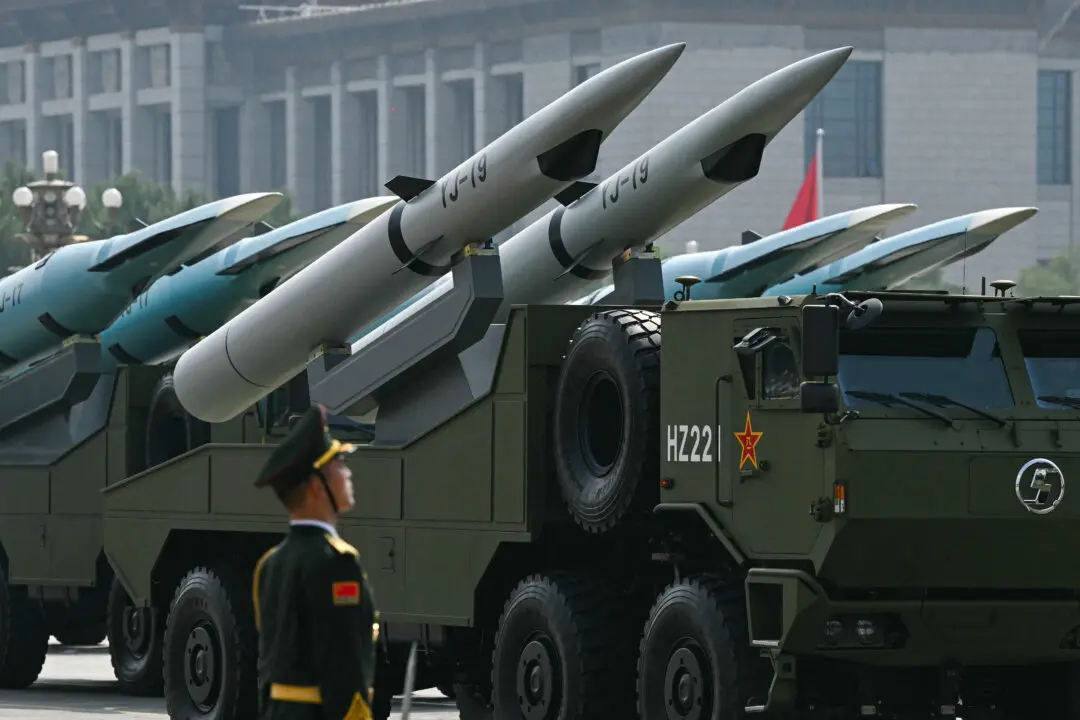British sport governing bodies will have to choose either transgender inclusion or fairness and safety as their priorities because they often cannot co-exist in a single competitive model, new guidance said.
The Sports Councils’ Equality Group (SCEG), which consists of relevant officers from all five Sports Councils across the UK—Sport England, Sport Scotland, Sport Northern Ireland, Sport Wales, and UK Sport—published new guidance for transgender inclusion in domestic sport (pdf) on Thursday.





